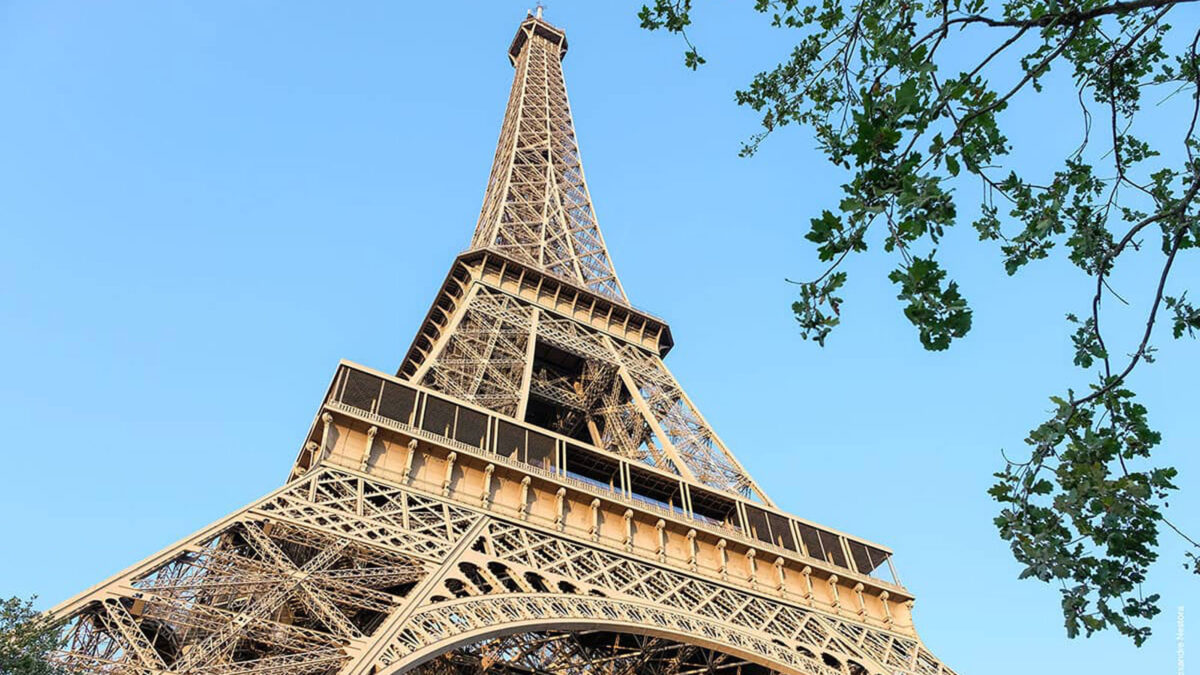London almost went one up on Paris when it comes to metallic monuments. The evidence for this is buried under one of the city’s most famous football stadiums – Wembley. It was going to be called The Great Tower Of London and it would have been 138 feet taller than The Eiffel Tower (it was set to be 1,200 feet tall, and The Eiffel Tower is 1,062 feet tall).
Unfortunately, in classic British fashion, it ended up being a bit underwhelming, with construction being abandoned while the tower was still just a stump. It was demolished in 1902 and its foundations were found again in 2002 when Wembley Stadium was being rebuilt.
So what went wrong? Firstly: the idea for the tower came from a Victorian railway magnate called Sir Edward Watkin. He was an ambitious man. He wanted to build the biggest tower in the world, like other men of the era, “to make his impact on the world,” Jason Sayer, from the London School of Architecture, told the BBC.
“The tower was to be his legacy.”
Jason Sayer
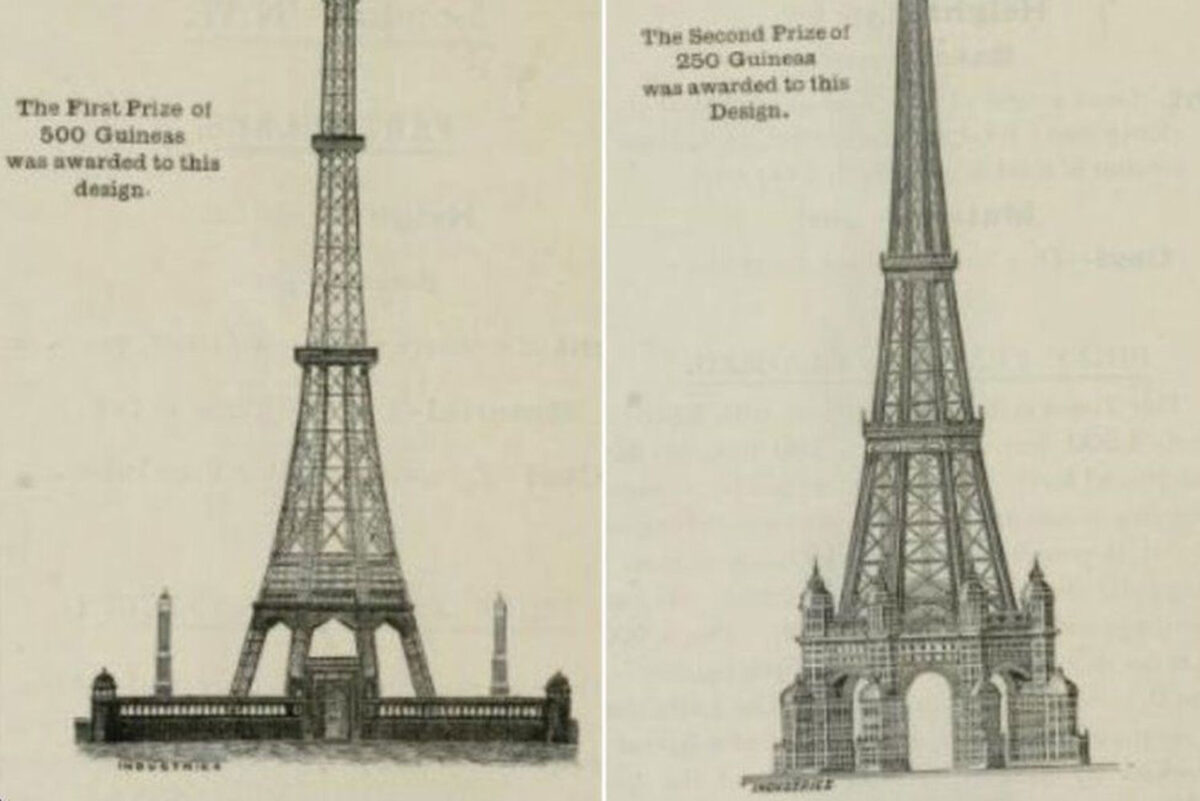
He was inspired by The Eiffel Tower in Paris. Though the Eiffel Tower was initially seen as a monstrosity, it soon became both iconic and lucrative. The Great Tower Of London, however, never ended up being either of these things, as Watkin chose to build it in the marshland on the outskirts of London.
He purchased 280 acres of land in the Wembley area and had hopes of building an entire new community with the project, connected to London by the Metropolitan Railway, which he had been chairman of since 1872. He also hoped to get more people using trains.
According to the BBC, “his park, which included a boating lake, waterfall and various sporting grounds, opened in May 1894 and quickly became popular with some 100,000 visitors in its first few months.”
“Those ambling lazily around the large green gardens would have heard the heavy clanking of metal as work continued on Sir Edward’s tower,” (BBC).
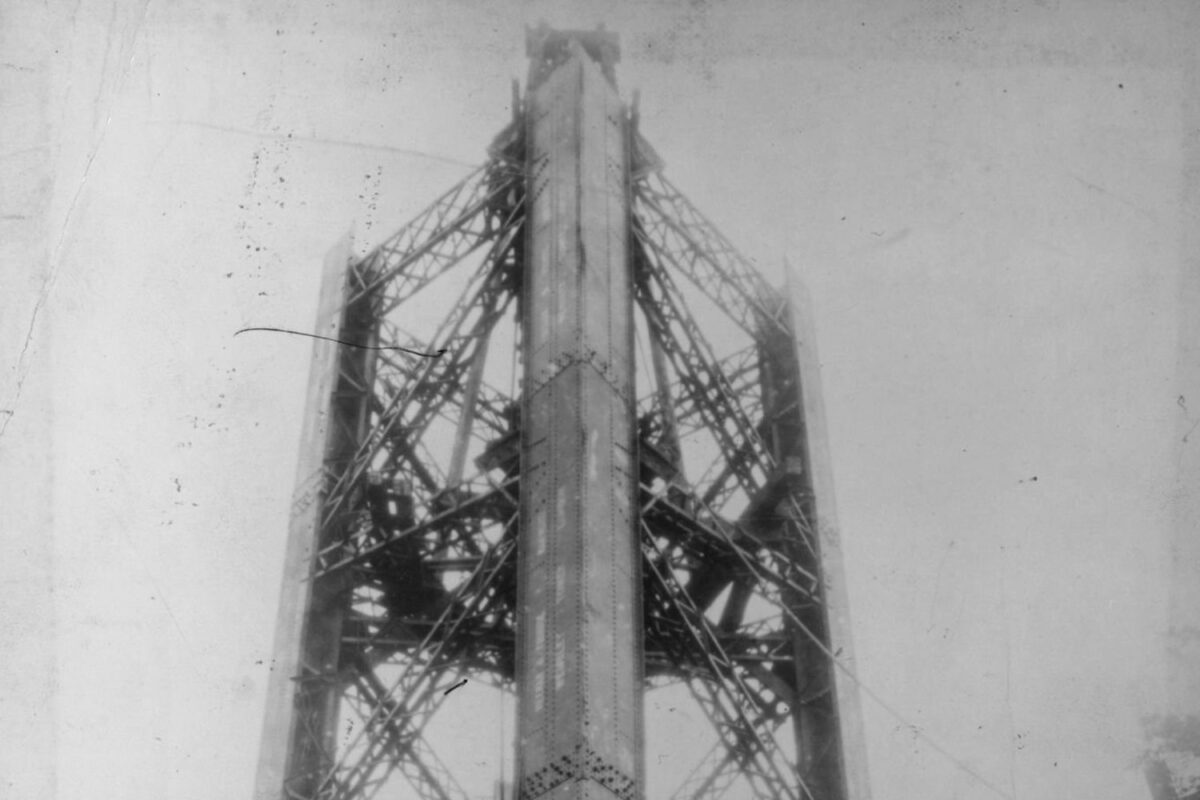
Things quickly went wrong though. The tower developed a lean. It also came apparent that it was a bit too far from central London to get the volume of people needed to make it profitable (as Mr Sawyer told the BBC, “If he had built it in Hyde Park it would probably have been a roaring success”).
As it was, the design that was chosen (Watkins held an international design competition and chose the submission of London architects Stewart, McLaren and Dunn), didn’t work well in the marshland. They got to about 150 feet and realised building higher would be dangerous.
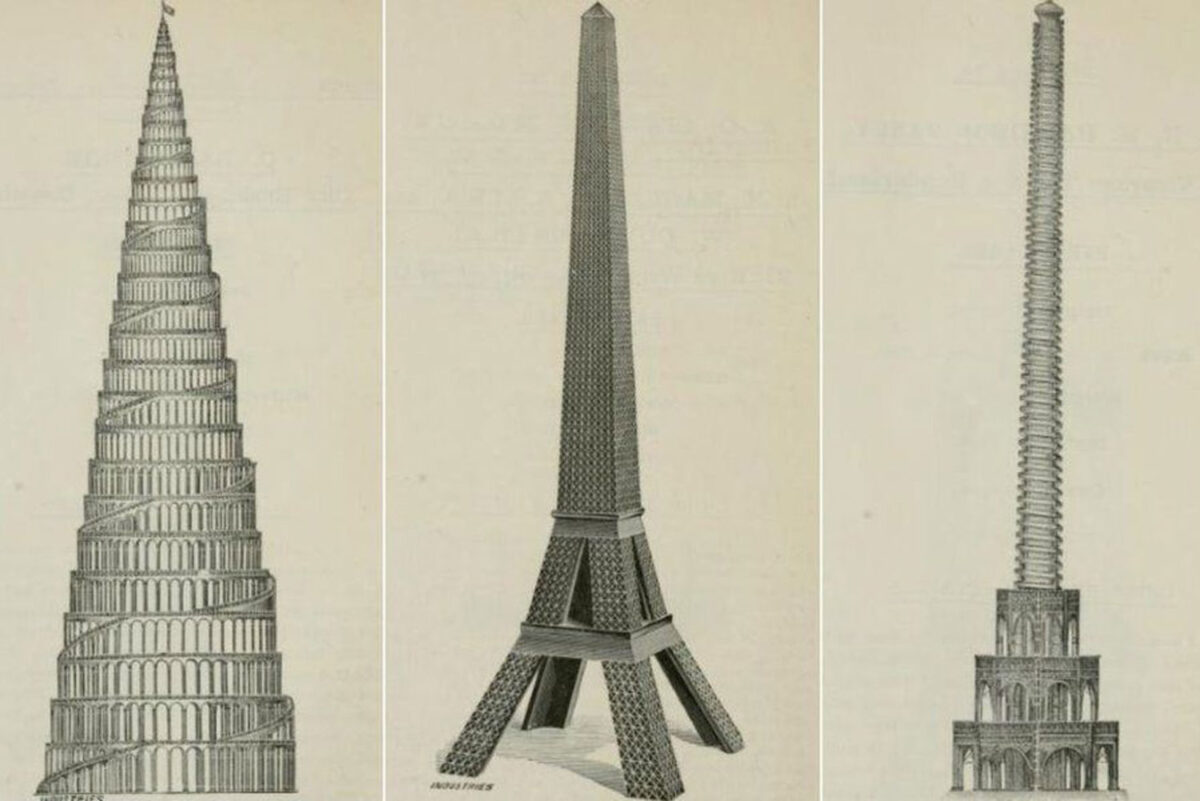
At this point Wembley Park had been open for a year and was receiving moderate success (in terms of public visitation), but the tower was far from successfully completed.
As Christopher Costelloe, an expert on Victorian architecture and an inspector of historic buildings at public heritage organization Historic England, told CNN: “When they reached the first stage, it soon became clear that the building was subsiding. Not so badly that they couldn’t use it, but they certainly realized they’d have big problems if they carried on building it higher, increasing the strain on the legs.”
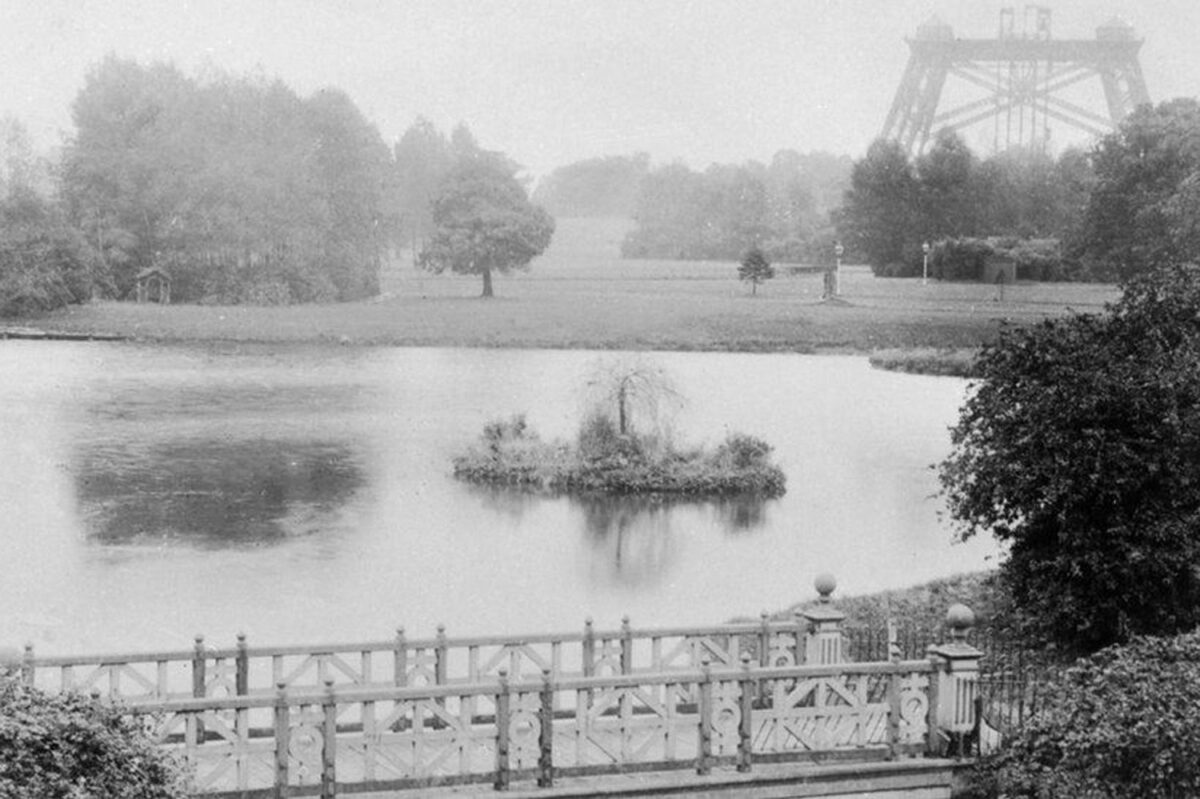
“Although it was opened to the public and elevators were installed, the tower was doomed,” (CNN).
“One of the main problems was that Watkin died in 1901,” Costelloe also told CNN. “He had been the driving force behind the project and with his death all that was left was a rational calculation of costs and benefits. People could go up to the first stage, but that wasn’t quite high enough to get the sort of panoramic views you’d get from the top of the Eiffel Tower, and the surrounding area wasn’t particularly developed or spectacular.”
“There just weren’t enough visitors to pay for finishing it.”
Christopher Costelloe
A year after Watkin’s died, the tower was deemed unsafe and closed. Soon after, it was torn down with dynamite. Though he got a hell of a lot wrong, Watkin’s vision for the Wembley area proved prophetic. The surrounding region continued to do well as both an industrial and residential suburb.
It also eventually became the home of one of the world’s most famous football stadiums – Wembley Arena.
Read Next
